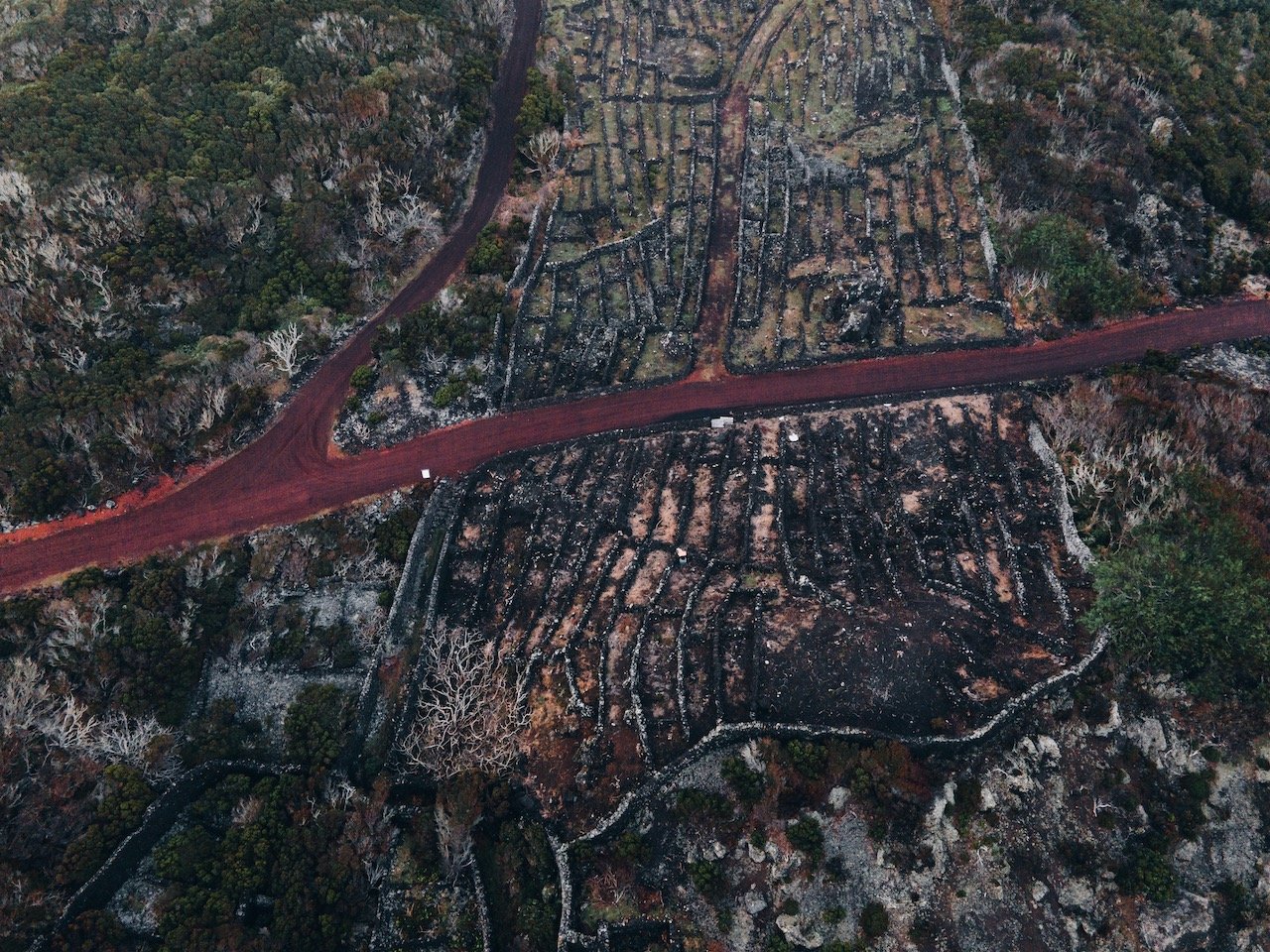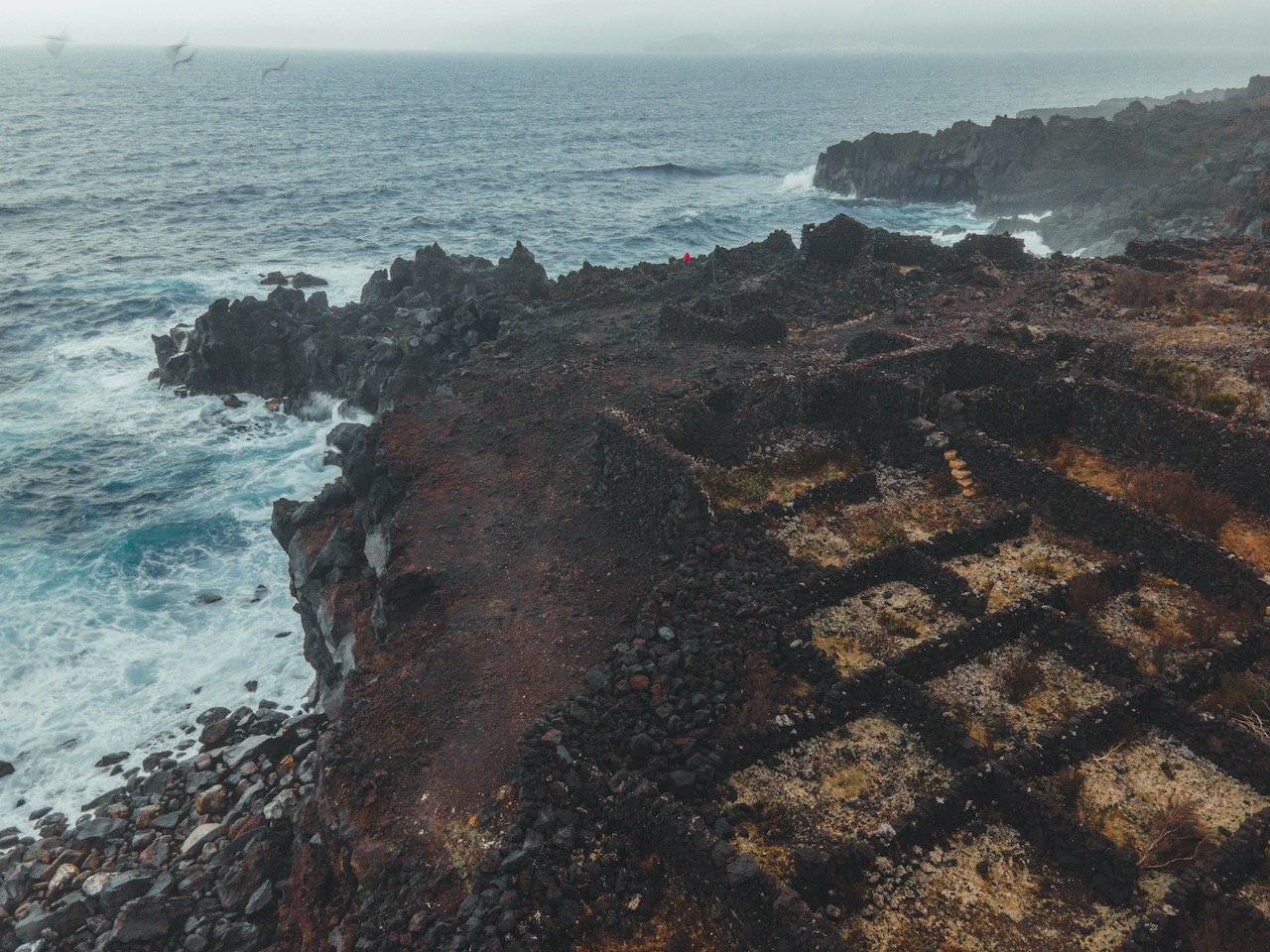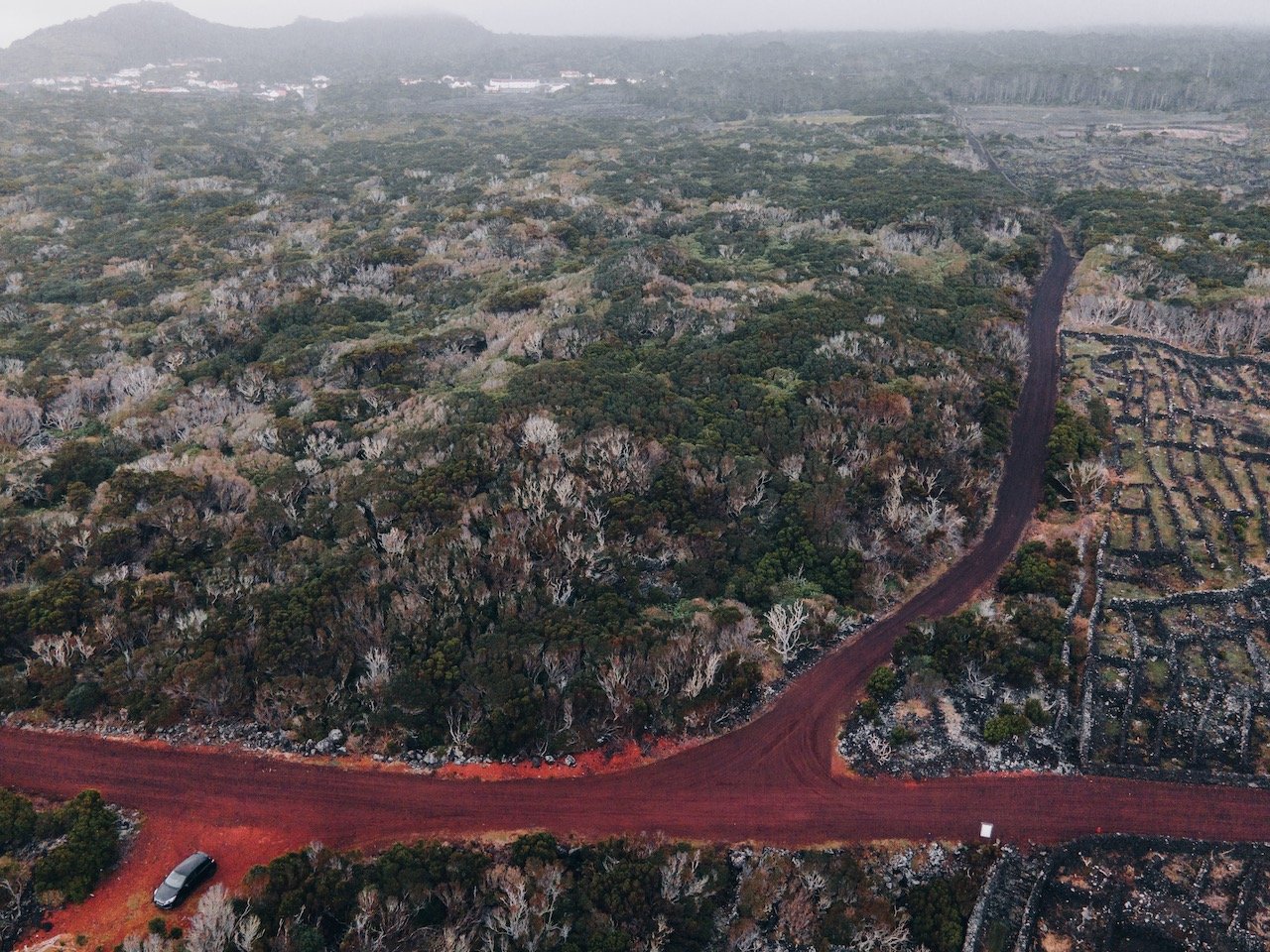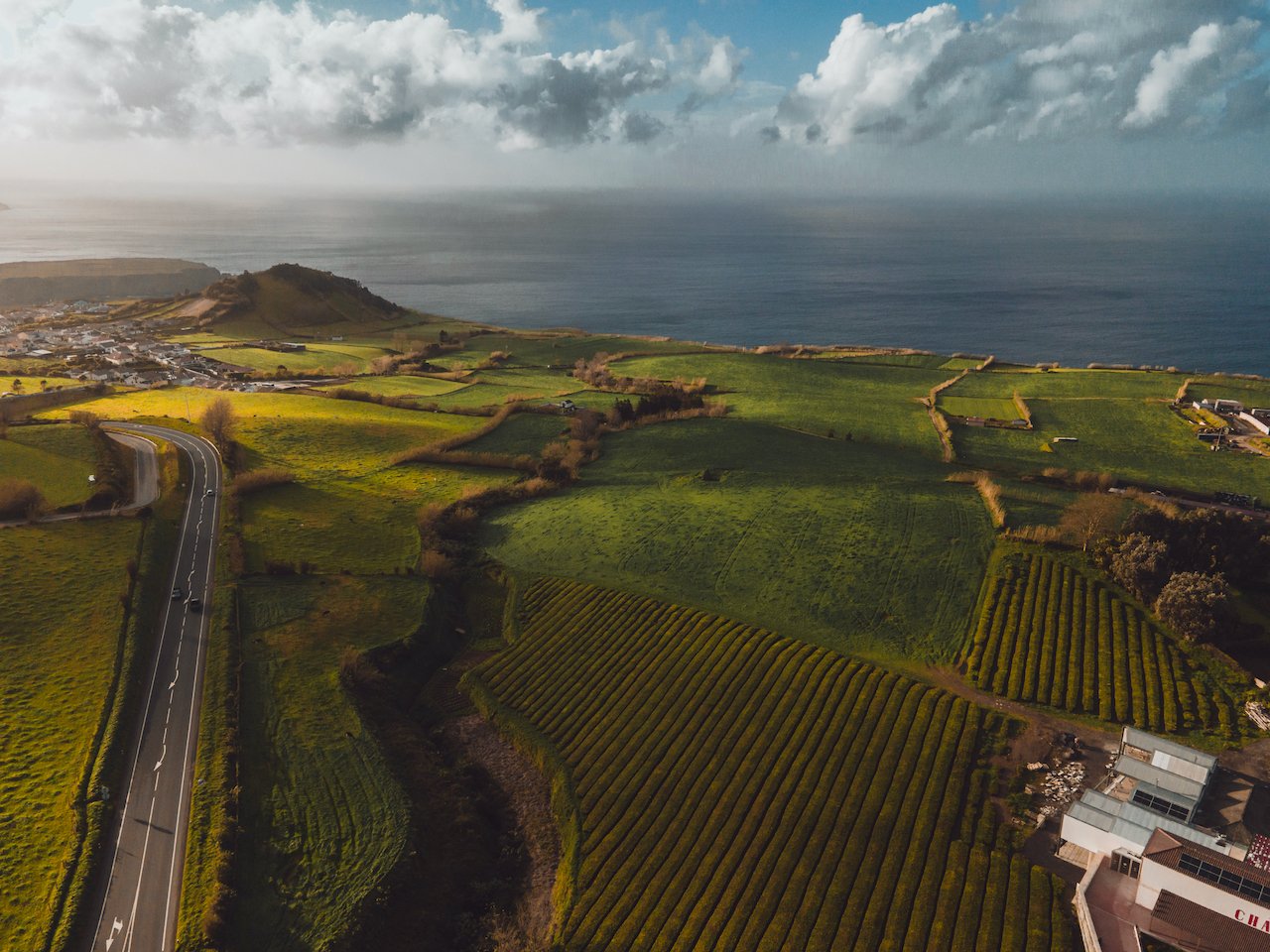A Trip to the Azores: Madalena on Pico Island
(Some links in this post are affiliate links. If you click through and take action, I'll be compensated.) If you are also interested in any PRINTS from any of my posts, be sure to check out my store where you can buy prints as posters, in metal/wooden frames or on canvas.
**This post is the 6th of a 7-post series discussing what to see in this part of the Azores (You can check out the other parts in the list below, separated by each specific island/city. Everything is also summarized in another post here.**
The Azores islands are one of two autonomous regions of Portugal (the other being Madeira), located roughly 1000 miles from mainland Portugal. It is a 9-island archipelago that are split into three groups: Eastern (São Miguel, Santa Maria), Central (Terceira, Pico, Faial, São Jorge, Graciosa), and Western (Corvo, Flores). Their discovery dates back to the 14th century and were named ‘açor’, meaning Goshawk, which was a common bird known in that time. Each island is accessible either by plane or by ferry. For those who love nature and a bit of adventure, the Azores are an absolute must see.
In this blog post, I will cover the town of Madalena on the island of Pico. A Google Map of these places I will talk about can be seen at the end of this article. You can see all my Azores islands related blog posts below:
Ponta Delgada (Blog Post: A Trip to the Azores: Ponta Delgada on São Miguel Island)
São Miguel Island (Blog Post: A Trip to the Azores: São Miguel Island)
Horta (Blog Post: A Trip to the Azores: Horta on Faial Island)
Faial Island (Blog Post: A Trip to the Azores: Faial Island)
Madalena (Blog Post: A Trip to the Azores: Madalena on Pico Island)
Pico Island (Blog Post: A Trip to the Azores: Pico Island)
Summary (Blog Post: A Trip to the Azores: A Summary)




























